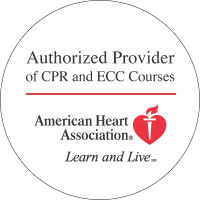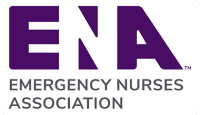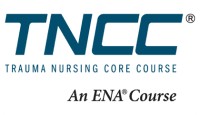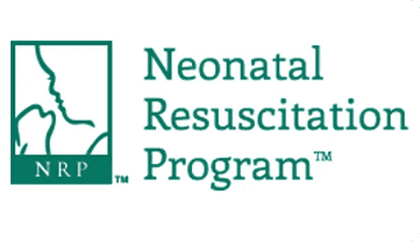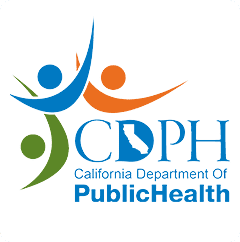In this week’s edition of the Heartbeat Blog, we will begin to discuss one our upcoming lecture series on “Assisting Residents with Heart Disease and Promoting Heart Health.”
Did you know that heart disease is the leading cause of death for both men and women United States? Roughly 610,000 people die of heart disease in the US every year–that equates to one out of every four deaths! Sadly, despite many risk factors that can be modified or eliminated, approximately 735,000 Americans have a heart attack each year.
Today’s discussion will focus on these modifiable risk factors for heart disease: smoking, high cholesterol, high blood pressure, diabetes, obesity, poor diet, physical activity and excessive alcohol use.
The Centers for Disease Control and Prevention place particular emphasis on high blood pressure, smoking and high cholesterol as modifiable risk factors for heart disease that should be targeted above all else. So we’ll start there.
1. High blood pressure
Blood pressure is necessary for life; it’s the force that pushes against the walls of the arteries and veins allowing the circulatory system to do its job. High blood pressure, if allowed to persist overtime, causes micro-circulatory damage and places patients at high-risk for heart disease, stroke and a host of other diseases like kidney disease.
Interestingly several risk factors for heart disease are also risk factors that contribute high blood pressure. A poor diet high in salt and low in and fruits and vegetables, low physical activity or a sedentary lifestyle and excessive alcohol use have all been shown to increase blood pressure. It should also be said that there are some hereditary or inherited causes of high blood pressure as well, but these are less common.
Discussions with residents/patients should first focus on diet, activity and alcohol intake. If these don’t achieve the goal of blood pressure reduction to the degree to which it’s needed the focus should shift to an appropriately prescribed anti-high blood pressure medication.
2. Smoking
The deadly combination of cancer-causing smoke (carcinogens) and the micro circulatory effects of nicotine should clearly be avoided in anyone trying to ward off heart disease. Smoking cessation is clearly difficult or nobody would smoke. Today there are a variety of products from patches to gums to pills that can help our patients stop. This should be seen as the lowest hanging fruit in the battle against heart disease and hypertension.
3. High Cholesterol
High cholesterol is thought to contribute to the narrowing of our arteries. It is believed that high cholesterol thickens the arteries’ walls from the inside, thus narrowing the amount of space available for our blood flow.
Typically, dietary modification is the first place to start with residents that have high cholesterol. A diet high in fruits and vegetables and lean meats and low in saturated fats and red meats is thought to contribute to a reduction in high cholesterol. If these measures fail,, there are several successful medication regimens that have shown solid evidence for reduction in high cholesterol that should be discussed with the patient’s primary care provider.
Give us a call at 510-452-1100 to learn more about our continuing education courses. Our courses will help prepare you for whatever being a CNA throws your way, from the infectious diseases we’re talking about today to promoting heart health or assisting with end-of-life care. CNA courses are available in our Oakland and Sacramento locations, and are approved by the California Department of Public Health (NAC approved CE # 1187).
Check back next week as we continue our discussion on a new series on, “Assisting Residents with Heart Disease and Promoting Heart Health.” You can also see what’s next in our CNA programs by enrolling in our continued education courses. Or you can give us a call at 510-452-1100 x 0 and we can sign you up today.
And remember, all SEIU CNAs can take any of our continuing education units for free through the amazing SEIU Education Fund.


